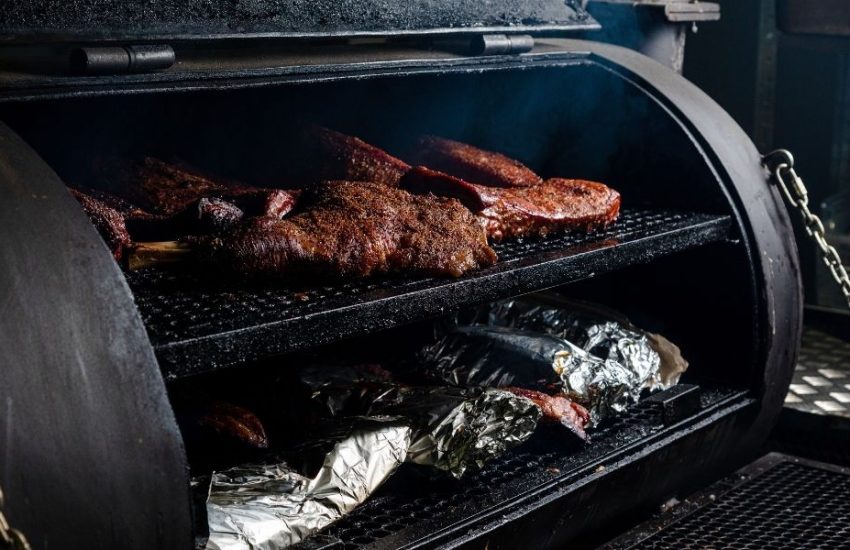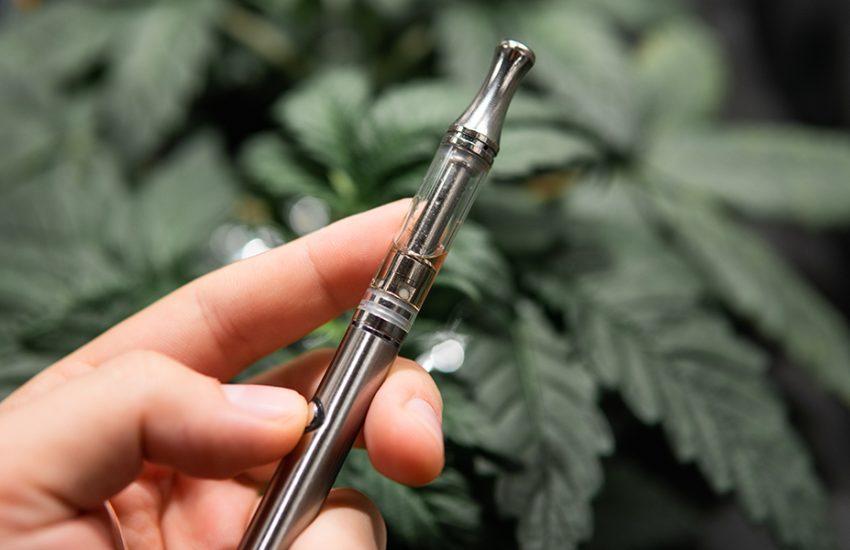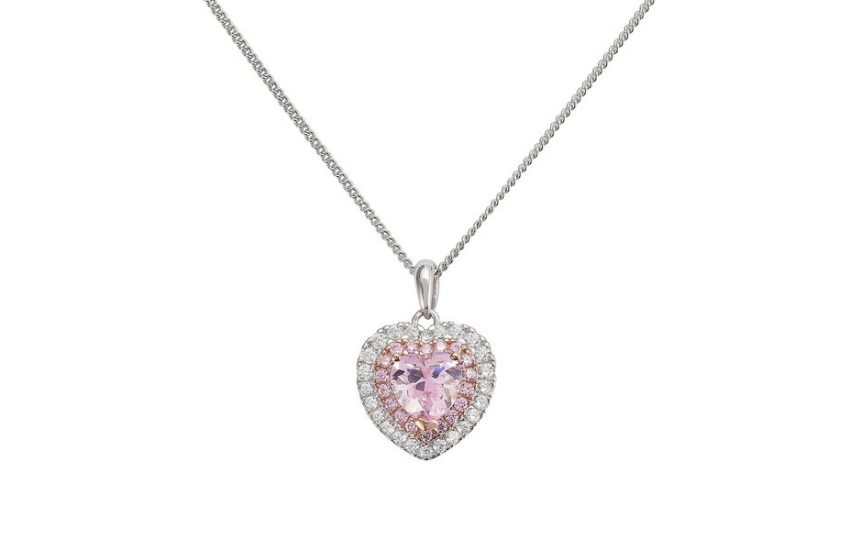A Comprehensive Guide to Heat Presses and Their Varieties
Heat press machines are essential tools in the world of custom apparel and promotional products. They use heat and pressure to transfer designs onto various materials, making them indispensable for businesses in the printing industry. Whether you’re a seasoned professional or a hobbyist looking to expand your capabilities, understanding the different types of heat presses is crucial to choosing the right one for your needs. This article delves into the various types of heat presses for shirts and their applications.
What is a Heat Press?
A heat press is a machine engineered to imprint designs on substrates, such as t-shirts, mugs, hats, and other items, using heat and pressure for a set amount of time. The primary elements involved in the process are the heat platen (the heated surface), the lower platen (where the item to be printed is placed), and a control panel to adjust temperature, pressure, and time.
Types of Heat Presses
- Clamshell Heat Press
- Design: The clamshell heat press is named for its hinge-like mechanism, where the upper platen lifts vertically.
- Advantages: Compact and user-friendly, making it ideal for beginners and small spaces. It allows for quick operation, which is beneficial for high-volume production.
- Limitations: The vertical lifting motion may limit visibility and accessibility when positioning the garment, making it challenging to ensure precise placement of the design.
- Swing-Away Heat Press
- Design: Features an upper platen that swings away from the lower platen, providing full access to the work area.
- Advantages: Excellent visibility and accessibility, reducing the risk of burns and allowing for precise placement of transfers. Ideal for items requiring exact positioning, like multi-layer vinyl designs.
- Limitations: Requires more workspace due to the swinging action, making it less suitable for cramped environments.
- Draw Heat Press
- Design: Equipped with a lower platen that pulls out like a drawer, providing easy access without the need to manoeuvre around a hot upper platen.
- Advantages: Combines the benefits of clamshell and swing-away presses by offering accessibility and space efficiency. Great for detailed work and high-volume production.
- Limitations: Can be more expensive than basic clamshell models and may still require additional workspace compared to a compact clamshell.
- Sublimation Heat Press
- Design: Specifically designed for sublimation printing, which involves turning solid dye into gas without passing through a liquid state, then permeating the substrate.
- Advantages: Ideal for producing vibrant, long-lasting prints on materials like polyester fabrics and specially coated items.
- Limitations: Primarily limited to sublimation-compatible substrates, which may restrict its versatility compared to other types.
- Hat/Cap Heat Press
- Design: Curved platens tailored to fit the shape of hats and caps.
- Advantages: Perfect for customizing headwear with ease and precision. Essential for businesses focusing on promotional headgear.
- Limitations: Limited to hats and caps, making it a specialized tool rather than a general-purpose heat press.
- Mug Heat Press
- Design: Cylindrical heating element designed to fit around mugs and other cylindrical items.
- Advantages: Ensures even heat distribution for perfect transfers on mugs, bottles, and other drinkware.
- Limitations: Like the hat press, it is specialized for a specific range of products, limiting its general applicability.
- Combo Heat Press
- Design: Multi-functional press with interchangeable platens for different items, including t-shirts, hats, mugs, and plates.
- Advantages: Versatile and cost-effective for small businesses or hobbyists looking to diversify their product range without investing in multiple machines.
- Limitations: May require frequent adjustments and changes of platens, which can be time-consuming.
Choosing the Right Heat Press
When selecting a heat press, consider the following factors:
- Type of Products: Determine the primary items you intend to customize. If your focus is on apparel, a clamshell or swing-away press may be ideal. For diversified products, a combo press offers versatility.
- Volume of Production: For high-volume production, a clamshell or draw press is suitable due to their efficiency. For detailed, low-volume work, a swing-away press provides precision.
- Workspace: Ensure you have adequate space for the type of heat press you choose. Swing-away and draw presses require more room than clamshell models.
- Budget: Prices vary significantly, so align your choice with your budget while considering the long-term value and potential for business growth.
Conclusion
Heat presses are invaluable tools for anyone involved in custom printing, offering a range of options to suit different needs and applications. By understanding the characteristics and advantages of each type, you can make an informed decision that aligns with your specific requirements and business goals. Whether you’re just starting or looking to upgrade, the right heat press can significantly enhance your production capabilities and the quality of your products.



